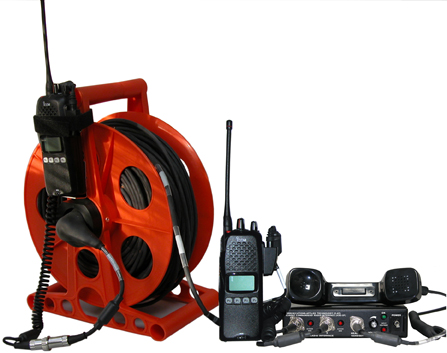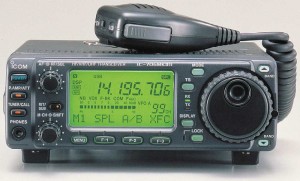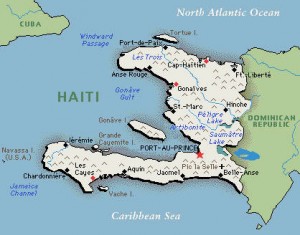The use of computers in conjunction with radio devices is not new: since we’ve been liberated from having to have a crystal, vacuum tube, or transistor specfically fabricated to transmit or receive over particular frequencies, the costs of manufacturing devices which can send and receive voice or data signals has dropped as their flexibility has increased. We’re going to try to explain how this works – and how it works within the United States (i.e. F.C.C. domestically, the International Telecommunications Union – I.T.U., an arm of the United Nations, and F.C.C. equivalent organizations in individual countries). This by way of introducing Alexandre Zcsete, call sign 0Z9AEC (in case readers are wondering, I do not know if the first character is an upper-case letter “O” or tthe number “0”(zero). We’ll be addressing this in a future post or posts; we believe the most elegant solution is to idenify a common, open-source – i.e. F.O.S.S. font which readily distinguishes between the number “zero” and the upper-case “O,” as in “Orange,” “Octagon,” “Oscar” (used by the U.S. Military and Nato, and, depending on your generation, you can imagine The Oscar Awards, Oscar the Grouch from Sesame Street, or Oscar Madison of The Odd Couple). Without furher digression, we’ll now permit Mr. Csete tto introduce himself, using text from the “About” page on his blog, oz9aec.net.
My name is Alexandru Csete, also known as OZ9AEC. I am a physicist from the University of Aarhus and I work as a development engineer in the antenna department at Thrane & Thrane. Before that I was 8 years in the European space industry working on the Automated Transfer Vehicle called Jules Verne and the Gaia scientific mission.
I have been the holder of a CEPT Cat. 1 amateur radio certificate since 1991. My primary interests today are satellite communications, software radios, digital high-rate modes, microwaves and developing free software for Unix-like operating systems.
It’s my educated guess that Mr. Csete is the holder of a license equivalent to one of the FCC’s amateur or “ham” licenses; we’ll try to pin that down and update this piece. Non- American readers may not be aware of the American-language idiom that “so-and-so” is not a “rocket scientist” is a way of saying that someone isn’t particularly smart, the implication being that being a rocket scientist requires substantial smarts. Alexandru Csete is, in fact, a rocket scientist – or the functional equivalent: he works on teams which use rockets (propulsion systems) to hurl functional systems into space.
At this point, we’re not going to explain how things work – not because we don’t think our readers will follow the explanations. Contrariwise, we’re pretty certain that if it’s my byline on the piece, we’ll get things wrong – perhaps terribly wrong – and we’d like to avoid that.
Here is one extremely cool thing that Alexandru Csete has come up with: a means of adding some software and some hardware to a PC and directly download NOAA (National Oceanographic and Atmospheric Administration) satellite images. This is, on its own terms, quite a feat, but it has serious practical implications: in a crisis, the NOAA servers are at risk of being overloaded, or suffering from power failure. A greater risk is a local power failure or network failure in your neighborhood or region prevents Internet access. Mr. Csete’s application (that is, the combination of hardware and software) provides a direct link between your PC and NOAA’s satellite(s).
Yet another good reason that community-based disaster risk assessment, response, and rebuilding should have – among other things – reserve power to keep laptops, radios (both two-way and receivers) and other critical equipment powered. Emergency power is another subject we hope to address comprehensively – although , initially in the form of “posts,” in order to force some discipline in keeping our explanations clear and concise.
If you’re ready to start your swim at the deep end of the pool, with the sharks, gators, and piranhas, you have our admiration and respect, and we wantto hear about it. Start with Simple APT decoder prototype on the oz9aec.net blog. Mr. Csete has his own suggestions for beginner reading and projects in this post: GRC Examples. (“GRC” stands for “GNU Radio Companion”).
Mr. Csete’s Flickr Photostream



